Bean sprouts are crisp roots that grow out of the beans. Having them in your garden is fun, because you can harvest them anytime—yes, they grow quickly—and eat them fresh. However, they are vulnerable to environmental conditions. Has something been eating your bean sprouts? We researched this problem, so continue reading for answers.
Pests feed off vegetables like beans (and their sprouts), crops, and flowers. Common pests in the gardens are cutworms, aphids, earwigs, slugs, snails, and a lot more. These pests eat the leaves, stems, and roots of any plant.
Would you like to know how to remove these pests? Would you like to know other alternative ways to grow bean sprouts without worrying about insects? You came to the right post! We collected all the answers you need.
![A small bean plant growing, What Is Eating My Bean Sprouts [And How To Prevent It]?](https://gardentabs.com/wp-content/uploads/2022/08/48.-What-Is-Eating-My-Bean-Sprouts-And-How-To-Prevent-It.jpg)
What Is Eating Your Bean Sprouts
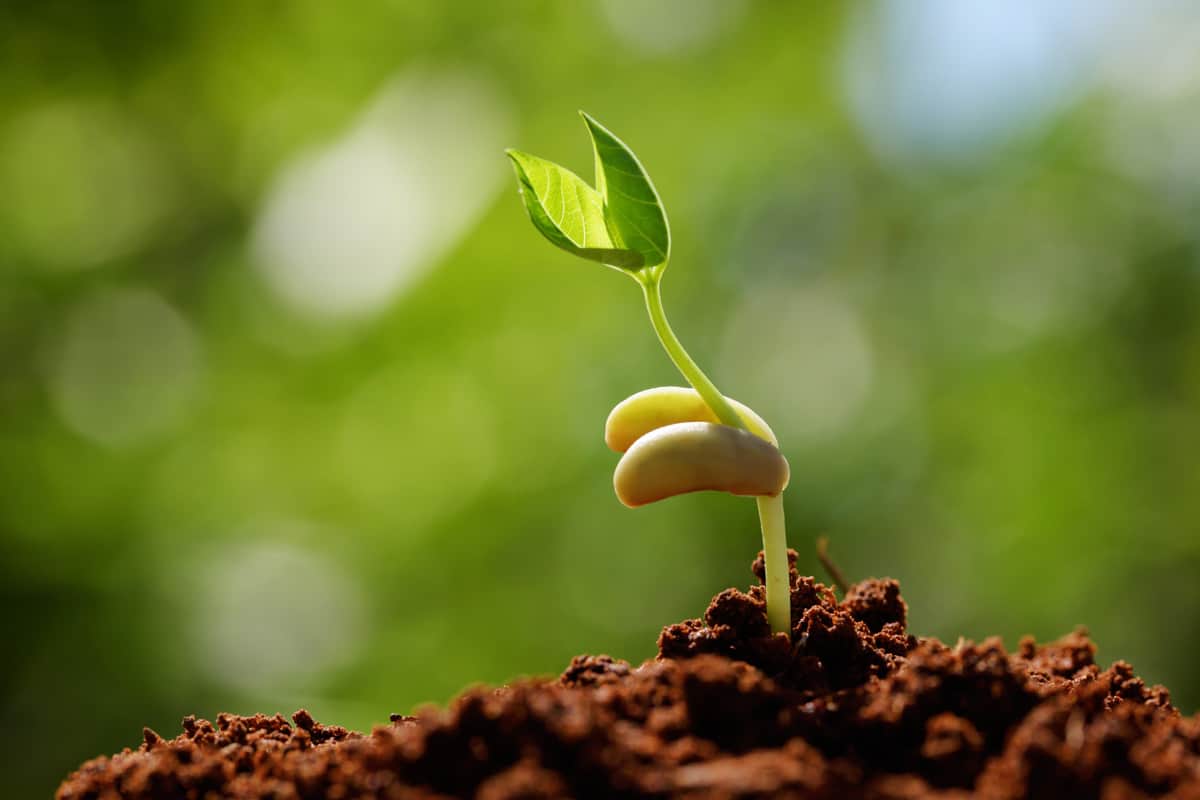
There are many pests out there that could eat your bean sprouts. Here is the list of possible causes:
Cutworms
Cutworms are variegated and can cause damage to bean sprouts. These pests cause damage in spring and early summer. Cutworms hide on the soil surface beneath debris during the day and feed off the plants at night.
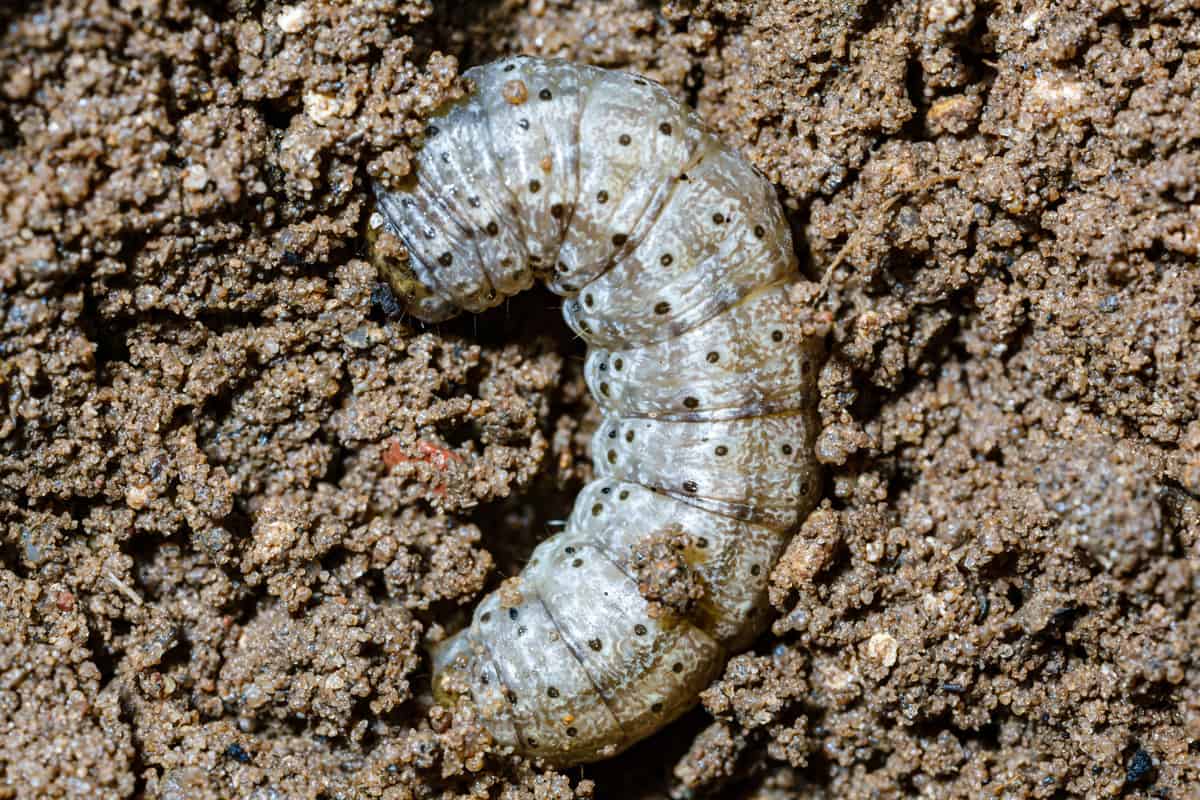
How To Prevent Cutworms
- Handpick them.
- You can lay down crushed eggshells and surround your plants.
- Coffee grounds are efficient in keeping cutworms and other pests from your plants.
- You can use natural pest control spray.
Click here to check out this pest control spray on Amazon.
Earwigs
Earwigs eat fruits and leaves of plants. They are active in rainy seasons. They feed at night and hide during the day.
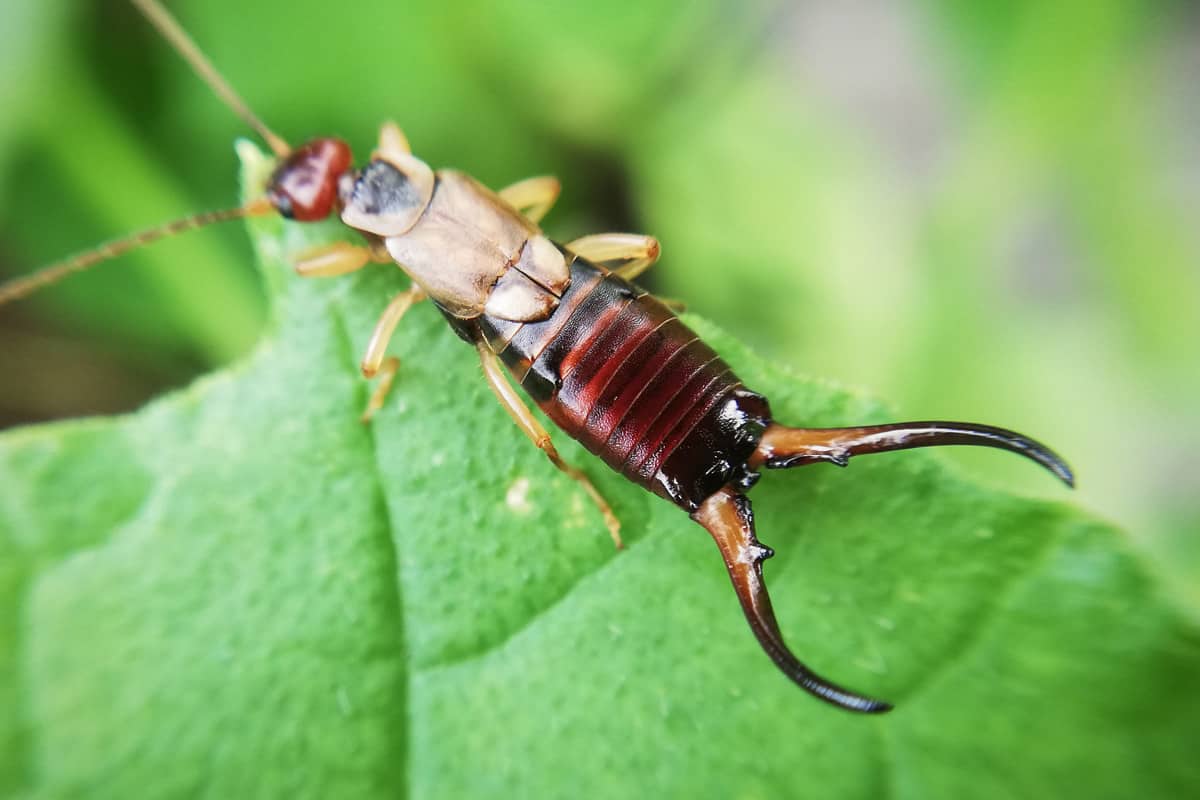
How To Prevent Earwigs
- You can use soap and water to remove earwigs.
- Trap them. They love to hide in a magazine or newspapers. Roll out some and secure them with a rubber band or tape, then place them around your plants at night. Moisten them using your garden hose. Gather the rolled newspapers up carefully the next day and shake them off in a tub of water and soap.
- Set up a bucket of water and soap, then put a light above it. Earwigs get attracted to light.
- You can use organic diatomaceous earth.
Click here to check out this product on Amazon.
Slugs and Snails
Slugs are known as one of the most destructive pests in gardens. A group of slugs can damage vegetables in just a few days. Slugs eat most vegetables and love leaves, causing damage to flowers and crops.
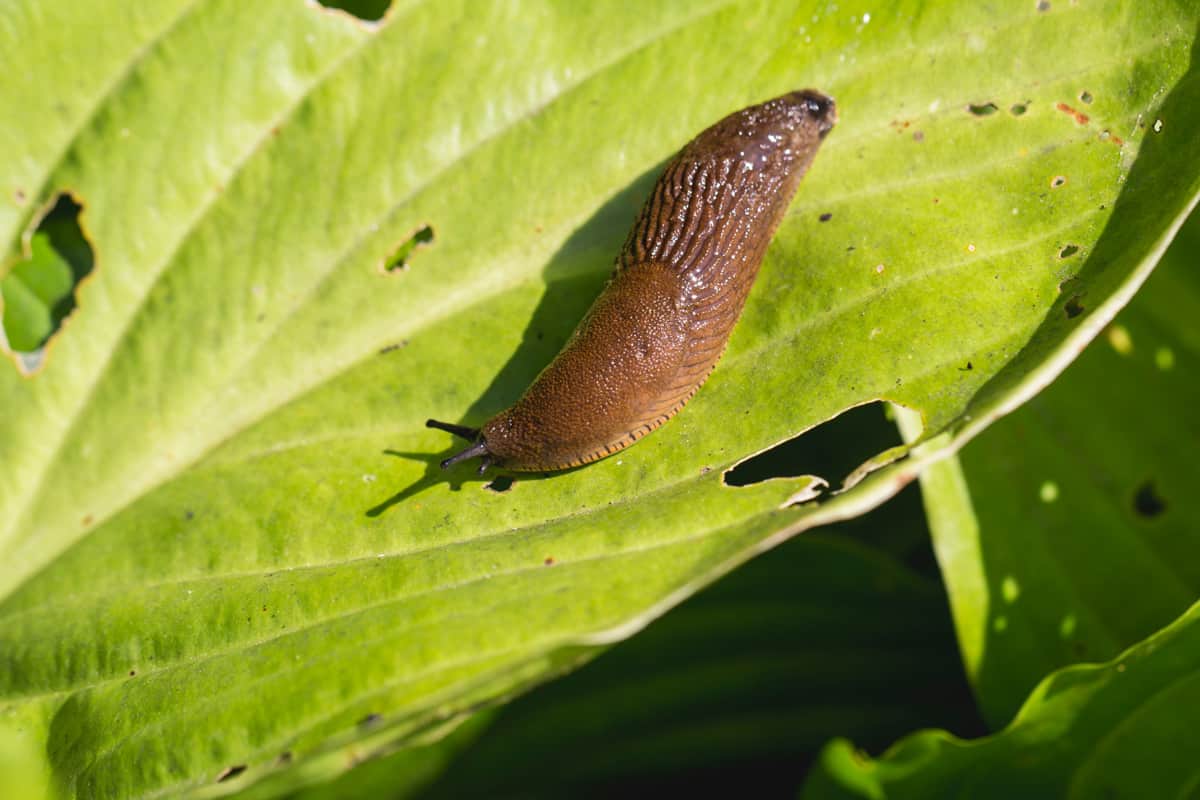
Garden snails eat vegetables. They chew the leaves and eventually kill the plants. The snails hide from sunlight and feed at night.
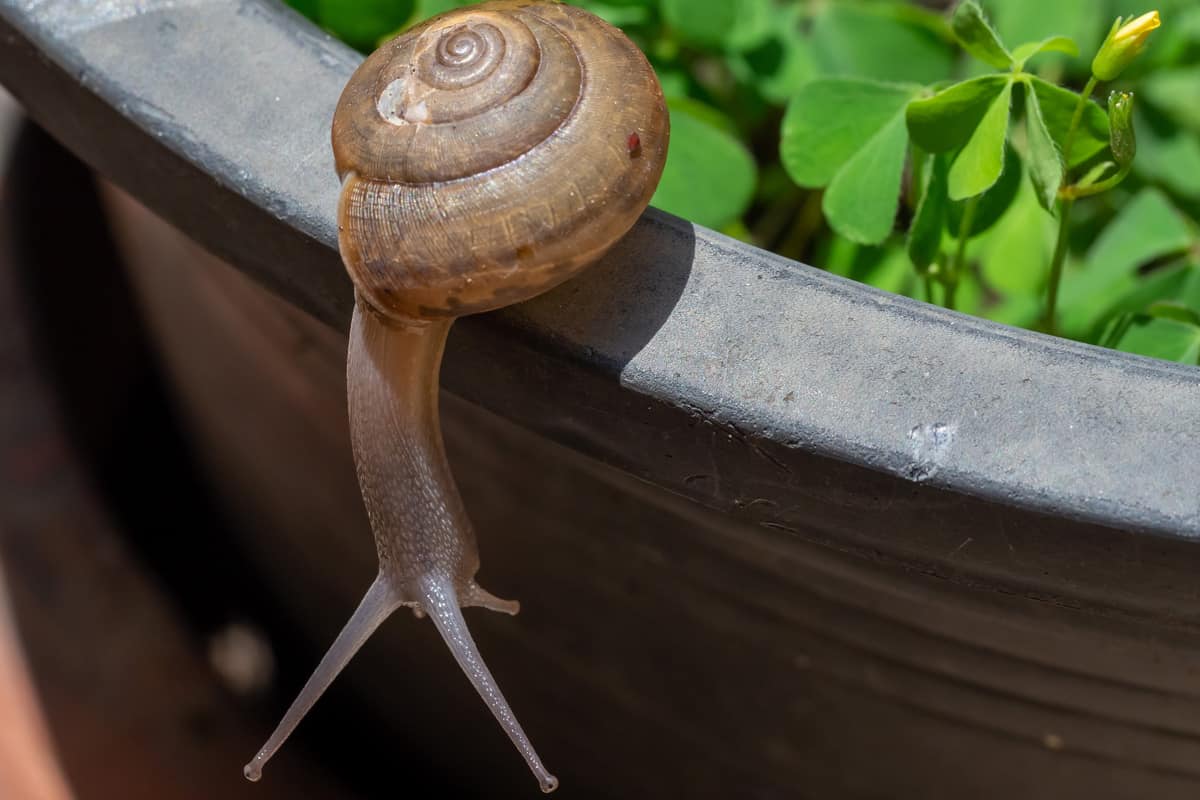
How To Prevent Slugs and Snails
- You can apply nematodes to the garden soil.
- Place pine needles and crushed eggshell barriers around your plants.
- You can use copper tape against slugs and snails.
Click here to check out this copper tape on Amazon.
Aphids
Aphids are red, green, or gray in color. These tiny insects are active during early summer but can attack anytime. They pierce the stems and leaves and suck the juice from your plants. Plants will turn yellow with holes if there are aphid infestations.
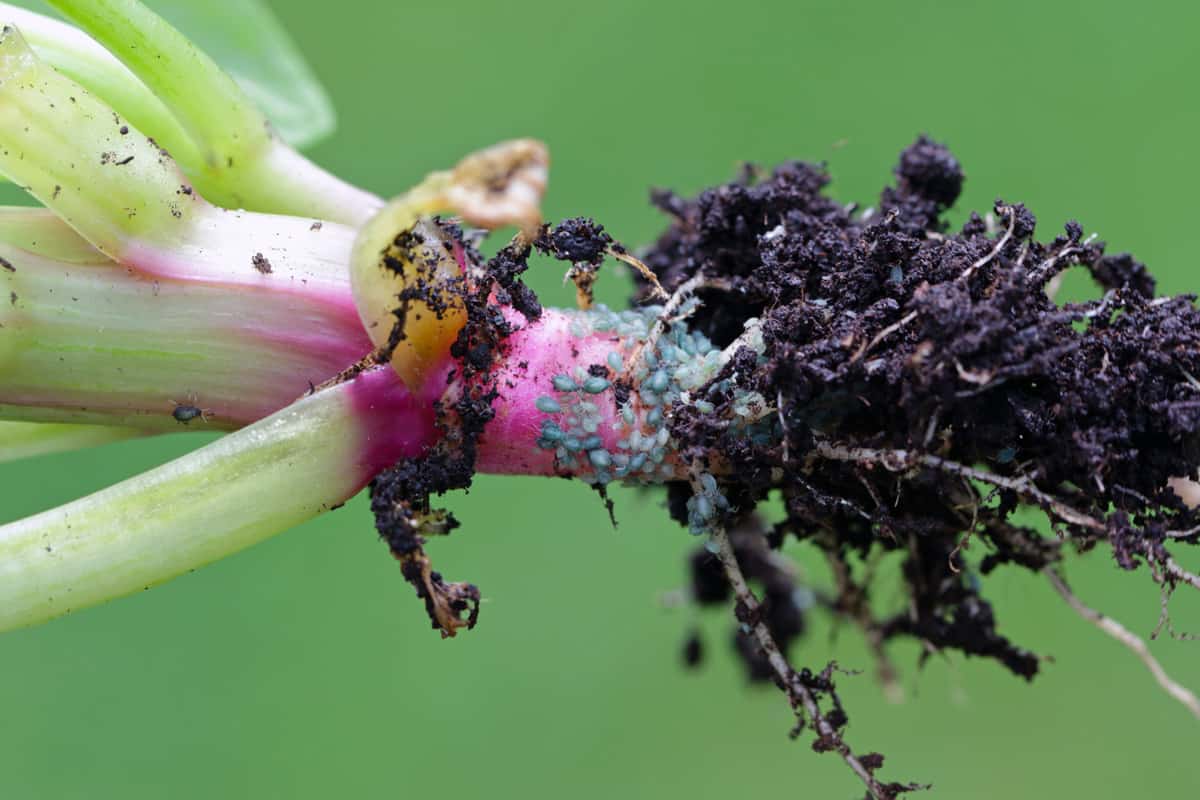
How To Prevent Aphids
- To remove them, spray your plants with water from your garden hose. You can also use soapy water and spray using bottles.
- Handpick them. However, it might be challenging to see the tiny aphids.
- Mixing essential oils and spraying them on leaves will also help remove aphids.
- Attract natural predators like ladybugs and birds to scare off aphids. You can use an electronic bird caller to attract birds.
Click here to check out this electronic bird caller on Amazon.
Thrips
Thrips are hardly noticeable insects that suck plant juices. These pests are troublesome for gardeners because it is hard to see them, and the damage done looks like a disease issue.
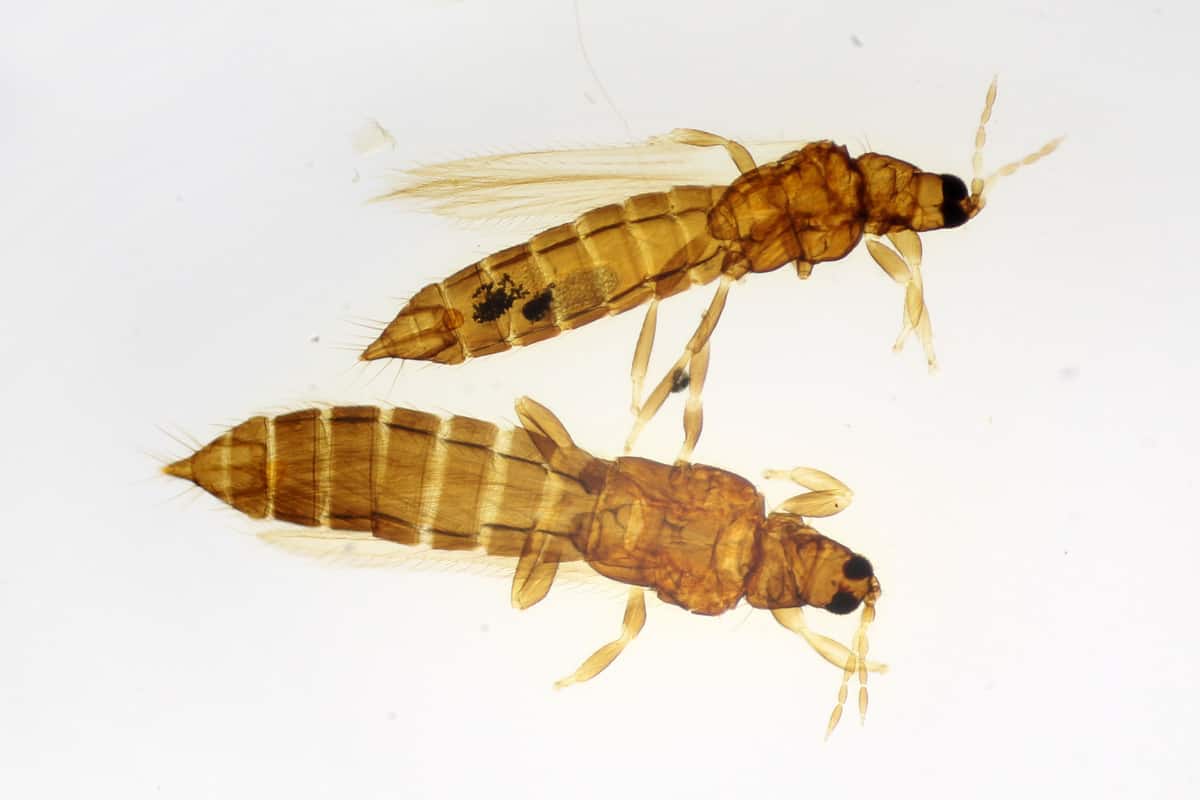
How To Prevent Thrips
- Prune the damaged plants.
- Washing your plant under running or tap water is another method to remove pests from the leaves and roots.
- As always, encourage birds and other predators in your garden.
- You can use organic pesticides or natural pesticides like Pyrethrin.
- Neem oil helps scare off pests as it is a natural insecticide.
Click here to check out this neem oil on Amazon.
Caterpillars
Caterpillars can destroy your sprouts, crops, and flowers because they are leaf-eating worms that love vegetables and fruits.
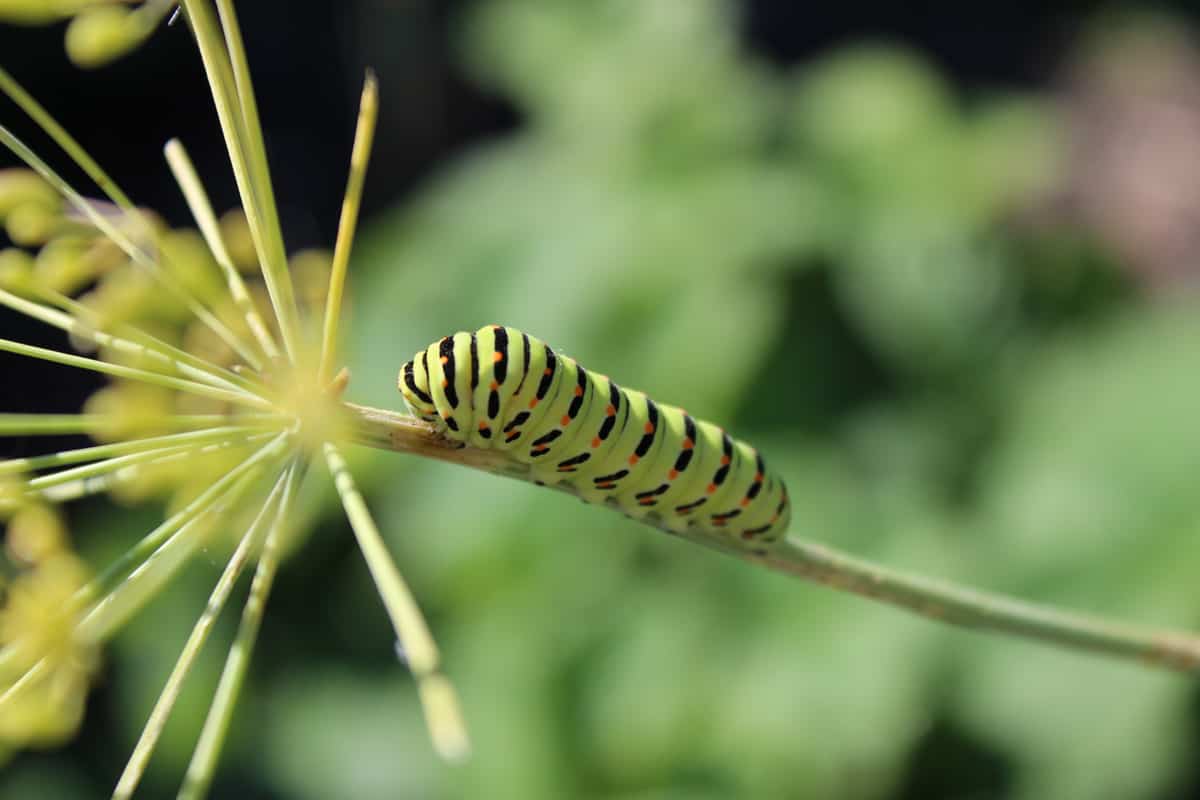
How To Prevent Caterpillars
- You can handpick the caterpillars. Also, check if there are eggs on the plants.
- Plant more herbs in the garden.
- Attract birds to prey on caterpillars.
- You can use organic caterpillar insecticides.
Click here to check out this organic pesticide on Amazon.
Beetles
Beetles are shiny, green, or brown in appearance. They feed on leaves, pods, and stems. They attack during the early to late summer seasons.
Beetles feast on fig trees and soft fruit trees, but if your garden is colony-infested, other plants could be affected, like your bean sprouts. Ensure your garden is pest-free.

How To Prevent Beetles
- Spray a mixture of water and oil on your plants or crops.
- Handpick beetles. They are easier to spot than aphids.
- Use a crop cover or frost cloth to protect your plants from beetles.
Click here to check out this crop cover on Amazon.
FAQs About Bean Sprouts
We have collected frequently asked questions about bean sprouts.
Are My Bean Sprouts Bad?
Here are the telltale signs that your bean sprouts need to be disposed of immediately.
- Mung bean sprouts are supposedly odorless, so if there is a sour, fishy, or weird smell coming from the bean sprouts even after washing, they are bad.
- Any molds seen on bean sprouts.
- Bean sprouts are not supposed to be soggy, chewy, or sour.
Can I Grow Bean Sprouts In Cotton?
You can grow bean seeds in water and cotton at home. Once the sprouts appear, you can transplant them to the garden or harvest them for food and store them in the fridge.
To grow bean sprouts in cotton, follow these steps:
- Dampen cotton balls in warm water. Do not squeeze or pinch the cotton balls. Let the pieces of cotton drip in excess water.
- Lay the cotton balls in a clear plastic bag or a container. The size depends on how many bean seeds you wish to germinate.
- Place the bean seeds on top of the cotton balls without pressing them.
- Seal the plastic bag or cover the container and place it in a location with direct sunlight.
- Monitor the growth of the bean seeds. Open the bag or the cover from time to time to let oxygen circulate inside the bag or the container. Let the sprout grow from 2 to 3 inches long before transplanting it into your garden or harvesting it for your recipes.
Can You Grow Bean Sprouts In Water?
Growing bean sprouts in water is easier than planting them in your garden and getting an infestation. Here is how to grow bean sprouts in water:
- Get a plastic container at least 3" high and drill holes at the bottom with a space of 0.4" apart. Find something to use for a weight that will fit in your container. You will use this later.
- Get mung beans. Pour them into a container and fill it with water. Allow the beans to get soaked overnight.
- Once you see the beans sprouting, transfer them to the container with holes. Place a piece of plastic on top of the beans and then put the weight on top.
- Place the container in a dark area at room temperature. Let the bean sprouts grow overnight, then water them the next day. Drain the bean sprouts and put them back in the growing area.
- Do the previous step for the next five to six days.
- The beans should be ready for harvesting on the sixth or seventh day. Rinse the beans to separate the shell. The bean sprouts are now good to harvest for food, or you can store them in the fridge.
Summary
Growing bean sprouts is fun because you can harvest them quickly and have nutritious food instantly. Different pests feed on bean sprouts, so it's important to protect them. Learning different options for planting them saves you time and stress from pests.
You can grow your beans in your pantry using water during winter and still get a good harvest. If you want to know more about beans and gardening, you can read these posts:
How To Grow Mung Beans Indoor?
How To Grow Green Beans Indoor?
Does Rain Wash Away Pesticides?
How to Keep Weeds Out Of Your Garden?







